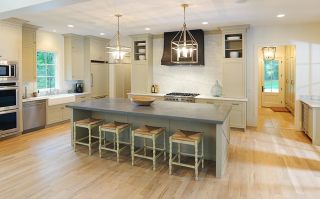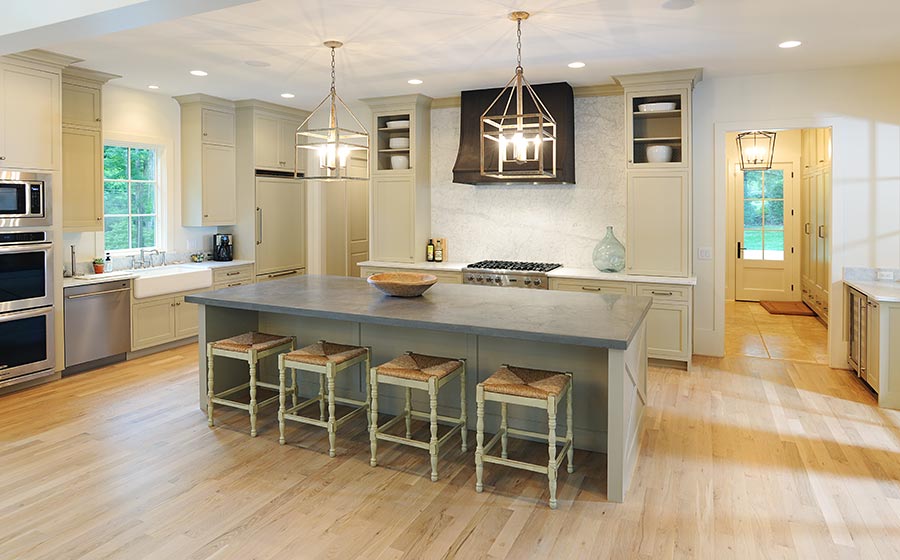Have it Your Way!
No two homes are the same and every client is unique.
Our mission is to build a home for each of our clients that fits each family’s wants and needs. We work alongside architects and decorators to carefully consider a client’s specific needs; the number of people in the household, the gender and age of every family member, and even their particular preferences and interests. We try to capture the essence of how you live now and make an educated guess about how you’ll live in your new house for years to come.
This “lifestyle profile” approach helps determine everything about your new house, from the simplest and most obvious, such as the number of bedrooms and bathrooms, to less common features such as personal and public entertainment areas, specialized storage space, and even the home’s physical location and architectural style. We’re dedicated to determining the specifics of your new home.
Before we meet with prospective clients, we encourage them to spend some time thinking about their current lifestyle, paying particular attention to how it might change in the future.
Plan with an eye to the future. In addition to a simple count (Don’t forget the pets!) of those living under your roof, consider how each person in the family uses the house now and is likely to use it in the near future.
A couple without children, for instance, might consider at least two secondary bedrooms (in addition to the master suite) that can serve as a home office, guest room, or a hobby space — or, eventually, children’s bedrooms.
A young family might look for a home in which the secondary bedrooms are located on the opposite side of the house or on a different level. This plan will not only accommodate aging kids but can also serve different uses, such as a guest or game room, once the children leave the nest.
If regular visitors are a part of your lifestyle, you might consider a separate suite above the garage that could double as a hobby space or home office.
Mobility and Special Needs. Regardless of your age or current physical condition, remember that a temporary or chronic impairment might limit your ability to get around your house in the future. If bedrooms are on the second floor, even a pulled muscle can keep you from climbing the stairs. A main-level “flex” space (especially one with semi-private access to a bathroom) offers a comfortable alternative to a couch or a cot in times of a temporary disability. This setup easily converts to a permanent bedroom on the lower level when stairs are best left to younger members of the household. Floor coverings, cabinet and counter heights, and appliance locations can be tastefully altered to make them easy to navigate regardless of your physical state. Consider, too, ease of access to and around the house from the outside. You might consider at-grade entrances and solid, hard surfaces such as continuous walkways instead of paving stones.
Interests outside the home. In addition to in-home needs and desires, consider outdoor activities as part of your lifestyle profile. If you prefer to take walks, run, or bike ride, ready access to a community bike or walking path might help target your choice of locations within a neighborhood. The opportunity to garden or do yard work may also be a determining factor in your search for a new home, while those who disdain mowing the lawn or repainting the house will be drawn to low maintenance materials and yard areas. Proximity to an amenity-rich community center might be a deal-maker for a young family, but less so to a time-strapped, travel-heavy professional couple.
As a builder dedicated to making housing dreams a reality, we are committed to providing homes that are best suited to the people who buy and live in them. Armed with a solid understanding of our clients’ particular wants and needs, we can pinpoint the right house and features for each one, delivering homes that suit their circumstances now and in the future.

